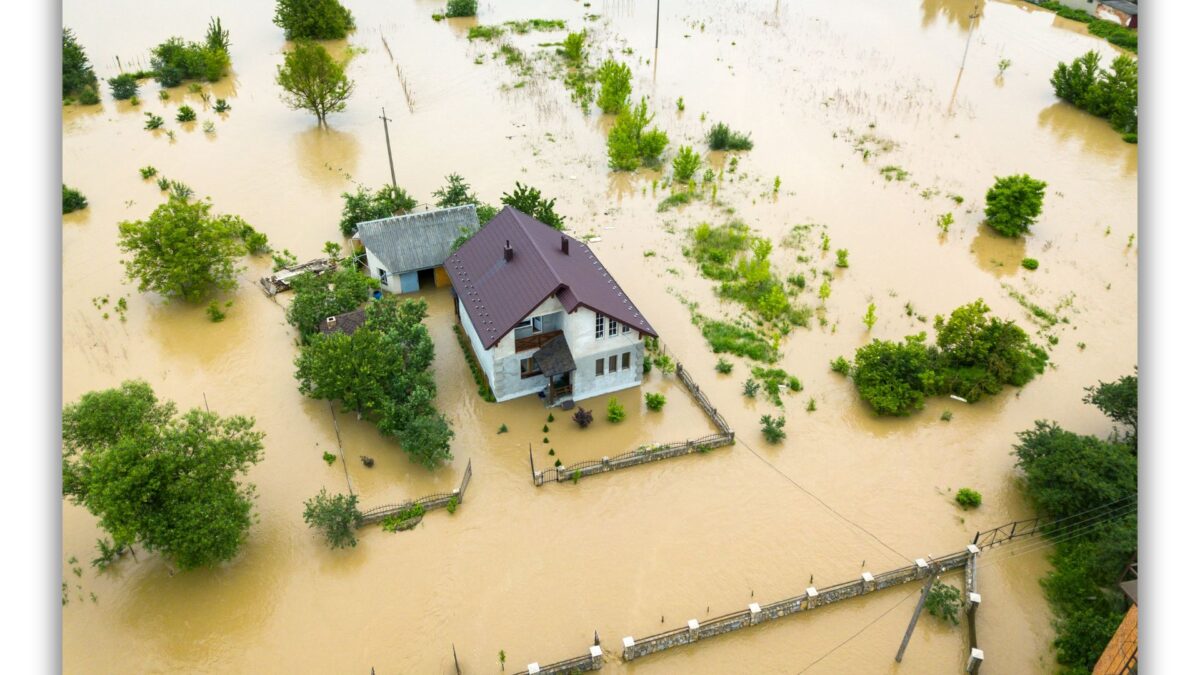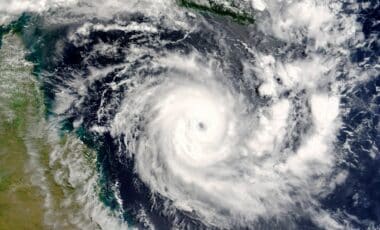In a world increasingly threatened by natural disasters, particularly flash floods, a revolutionary technology promises to change how we predict and respond to these devastating events. Researchers have developed a world-first 5G-driven prediction tool that could provide highly accurate and immediate insights into risks, improving evacuation plans and response times. This innovative system uses mobile phone signals to detect subtle environmental changes, such as water movement, to offer real-time forecasts with unprecedented precision.
Currently, they are among the deadliest natural disasters, particularly in areas like Australia, where flash floods can strike suddenly and with little warning. While traditional methods of prediction rely on broad-scale rain data and slow-response models, this new 5G-driven system offers a significant upgrade, using mobile technology to detect risks down to the smallest details.
Harnessing 5G Technology to Predict Floods
Developed by experts at the University of Technology Sydney (UTS), the new flood prediction tool uses fluctuations in 5G signals that travel between mobile devices and phone towers. These signals are influenced by the environment, including water movement and rainfall, enabling the system to create a highly accurate digital twin simulation of flood events. This simulation can predict how a disaster will unfold over the next 24 hours with 90 to 94 percent accuracy, a dramatic improvement over existing warning systems.
The simulation tool can model how floods will impact specific locations, such as individual houses, streets, and roads. The real-time predictions made by this technology are up to a thousand times faster than traditional methods, making it a potential game-changer for emergency responses.
#EXCLUSIVE: When disaster strikes, the time it takes to respond can mean the difference between life or death.
— 9News Sydney (@9NewsSyd) June 16, 2025
Now, a global breakthrough in flood prediction has been developed and tested along Sydney's Parramatta River – and it uses existing infrastructure. @RuthWW #9News pic.twitter.com/20sQbrvR2U
Revolutionizing Flood Monitoring with Precision
The new system operates with a level of granularity that current flood forecasting methods cannot achieve. For instance, it can predict it depths with an accuracy of 0.1 meters, providing essential data for communities to understand precisely how high floodwaters might rise. This is crucial for accurate evacuation plans, as traditional warnings often leave residents with insufficient information to make decisions.
Associate Professor Wenjing Jia, one of the lead engineers behind the project, explained the advantage of this high-resolution forecasting. “We want to tell people exactly how high the flood is,” she said. “Currently, residents only know they need to move to higher ground, but how high is high?”
This precision is vital in areas prone to flash flooding, where heavy rainfall bursts are the main cause of sudden, unpredictable events. It can overwhelm local infrastructure, leaving authorities scrambling to respond.
Speeding Up Response Times in Emergency Situations
Another key benefit of the 5G-powered system is its speed. During trials along the Parramatta and Georges rivers, the tool showed it could generate flood simulations within seconds, a major improvement over traditional methods that take hours to process. The system forecasts flood movements a thousand times faster, providing emergency services more time to deploy resources and evacuate residents.
In a demonstration of the technology’s potential, UTS experts simulated the November 2022 flood in Wagga Wagga, which trapped many residents and required emergency rescues. The new system’s rapid predictions could have provided earlier warnings, potentially saving lives and preventing unnecessary evacuations.
Addressing the Challenge of Flash Flooding
Flash floods, which occur when heavy rainfall overwhelms drainage systems and causes rivers to rise rapidly, are one of the deadliest forms of natural disasters. According to Mike Wassing, the Commissioner of the New South Wales State Emergency Service (SES), these events are a major threat across the region, causing significant loss of life and property. The SES already uses traditional forecasts and models to prepare for such emergencies, but they are often slow and imprecise.
By using the 5G technology, emergency services could benefit from highly granular, real-time data that offers a much clearer picture of flood behavior. This could lead to more accurate evacuation plans and fewer false alarms, ultimately saving lives and preventing damage. “Our business is fundamentally about minimizing preventable life loss,” said Wassing. “This sort of technology does that without putting additional infrastructure in, which is amazing.”
The collaboration between UTS and TPG Telecom, which has funded part of the research, represents a significant step forward in how we understand and respond to floods. Giovanni Chiarelli, Chief Technology Officer at TPG Telecom, highlighted that 90 percent of the Australian population is already covered by 5G, and the system can also function on 4G networks. This makes the technology scalable and accessible to a large number of people, potentially benefiting communities beyond Australia.









